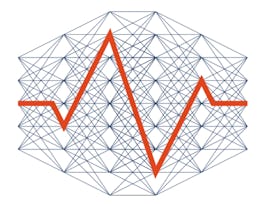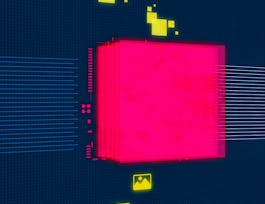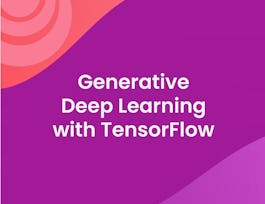An introduction to the field of deep learning, including neural networks, convolutional neural networks, recurrent neural networks, transformers, generative models, neural network compression and transfer learning. This course will benefit students’ careers as a machine learning engineer or data scientist.



Recommended experience
Details to know

Add to your LinkedIn profile
32 assignments
See how employees at top companies are mastering in-demand skills


Earn a career certificate
Add this credential to your LinkedIn profile, resume, or CV
Share it on social media and in your performance review

There are 9 modules in this course
Welcome to Deep Learning! In module 1, we will give an introduction to deep learning. Deep learning is a branch of machine learning which is based on artificial neural networks. It is capable of learning complex patterns and relationships within data. Particularly, we will discuss feed-forward deep neural network. We will also discuss backpropagation – the way to optimize deep neural networks.
What's included
9 videos7 readings4 assignments1 discussion prompt
In module 2, we will discuss Convolutional Neural Networks (CNNs). A CNN, also known as ConvNet, is a specialized type of deep learning algorithm mainly designed for tasks that necessitate object recognition, including image classification, detection, and segmentation. Particularly, we will discuss the important layers in CNNs, such as convolution, pooling. We will also show different CNN applications.
What's included
6 videos5 readings4 assignments
In module 3, we will provide important practical deep learning tips including activation function chosen, adaptive gradient descent learning methods, regularization and dropout.
What's included
7 videos7 readings5 assignments
In module 4, we will discuss Recurrent Neural Networks (RNNs) which are used for sequential data. RNN is a type of Neural Network where the output from the previous step is fed as input to the current step. Particularly we will discuss Vanila version RNNs and Long Short-term Memory (LSTM). We will also discuss the learning problems on RNNs.
What's included
8 videos5 readings4 assignments
In module 5, we will discuss the generative models. Particularly, Generative Adversarial Networks (GANs) and Diffusion Models (DMs). GANs are a way of training a generative model by framing the problem as a supervised learning problem with two sub-models: the generator model that we train to generate new examples, and the discriminator model that tries to classify examples as either real or fake. DMs are Markov chain of diffusion steps to slowly add random noise to data and then learn to reverse the diffusion process to construct desired data samples from the noise.
What's included
7 videos4 readings3 assignments
In module 6, we will discuss a powerful deep learning model - transformer. The transformer is a neural network component that can be used to learn useful representations of sequences or sets of data-points. The transformer has driven recent advances in natural language processing, computer vision, and spatio-temporal modelling.
What's included
8 videos4 readings3 assignments
In module 7, we will discuss neural network compression. Model compression reduces the size of a neural network without compromising accuracy. This size reduction is important because bigger neural networks are difficult to deploy on resource-constrained devices.
What's included
7 videos5 readings4 assignments
In module 8, we will discuss transfer learning. Transfer learning is a machine learning technique that reuses a completed model that was developed for one task as the starting point for a new model to accomplish a new task. Particularly, we will discuss fine-tuning, multitask learning, domain adverbial training and zero-shot learning.
What's included
6 videos5 readings4 assignments
This module contains the summative course assessment that has been designed to evaluate your understanding of the course material and assess your ability to apply the knowledge you have acquired throughout the course.
What's included
1 assignment
Instructors


Offered by
Why people choose Coursera for their career




Recommended if you're interested in Computer Science

University of Illinois Urbana-Champaign

Vanderbilt University

Imperial College London

DeepLearning.AI

Open new doors with Coursera Plus
Unlimited access to 10,000+ world-class courses, hands-on projects, and job-ready certificate programs - all included in your subscription
Advance your career with an online degree
Earn a degree from world-class universities - 100% online
Join over 3,400 global companies that choose Coursera for Business
Upskill your employees to excel in the digital economy


